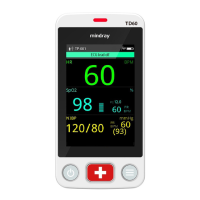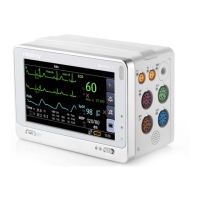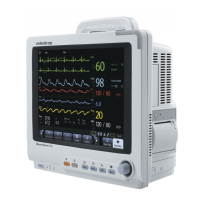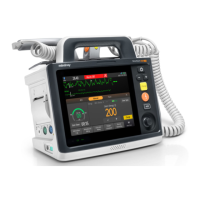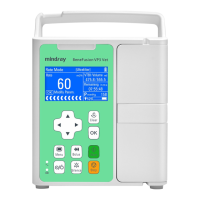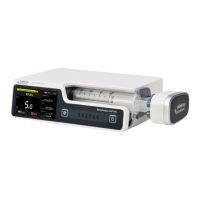11 - 12 BeneVision N Series Patient Monitor Operator’s Manual
11.7 Monitoring Arrhythmia
Arrhythmia monitoring is intended for adult, pediatric, and neonatal patients.
11.7.1 Arrhythmia Safety Information
• Heart rate reading may be affected by cardiac arrhythmias. Do not rely entirely on heart rate alarms
when monitoring patients with arrhythmia. Always keep these patients under close surveillance.
• The arrhythmia analysis program is intended to detect ventricular arrhythmias and atrial
fibrillation. It is not designed to detect atrial or supraventricular arrhythmias. It may incorrectly
identify the presence or absence of an arrhythmia. Therefore, a physician must analyze the
arrhythmia information with other clinical findings.
• Atrial fibrillation (Afib) detection function is not intended for pediatric and neonatal patients.
• Since the arrhythmia detection algorithm sensitivity and specificity are less than 100%, sometimes
there may be some false arrhythmias detected and also some true arrhythmia events may not be
detected. This is especially true when the signal is noisy.
• The ECG size and minimum QRS detection threshold settings affect arrhythmia detection and heart
rate calculation sensitivity.
• If QRS amplitude is low, the monitor might not be able to calculate heart rate and false asystole calls
may occur.During the learning phase of the algorithm, arrhythmia detection may not be available.
So you should closely monitor patient condition during and for several minutes after the learning
phase to allow the algorithm to reach optimal detection performance.
11.7.2 Arrhythmia Events
This section lists all arrhythmia events and their criteria.
11.7.2.1 Lethal Arrhythmia Events
Arrhythmia message Description
Asystole No QRS complex detected within the set time interval in the absence of ventricular
fibrillation or chaotic signal.
V-Fib/V-Tach A fibrillatory wave for 6 consecutive seconds.
A dominant rhythm of adjacent PVCs and the ventricular rate is greater than the V-tach rate
limit.
V-Tach The number of consecutive PVCs is greater than or equal to the V-Tach PVCs limit, and the
ventricular rate is greater than or equal to the V-Tach rate limit.
Vent Brady The number of consecutive PVCs is greater than or equal to V brady PVC limit and the
ventricular rate is less than the V-Brady Rate limit.
Extreme Tachy The heart rate is greater than the extreme tachycardia limit.
Extreme Brady The heart rate is less than the extreme bradycardia limit.
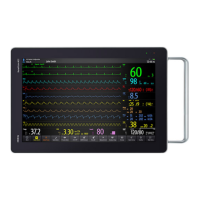
